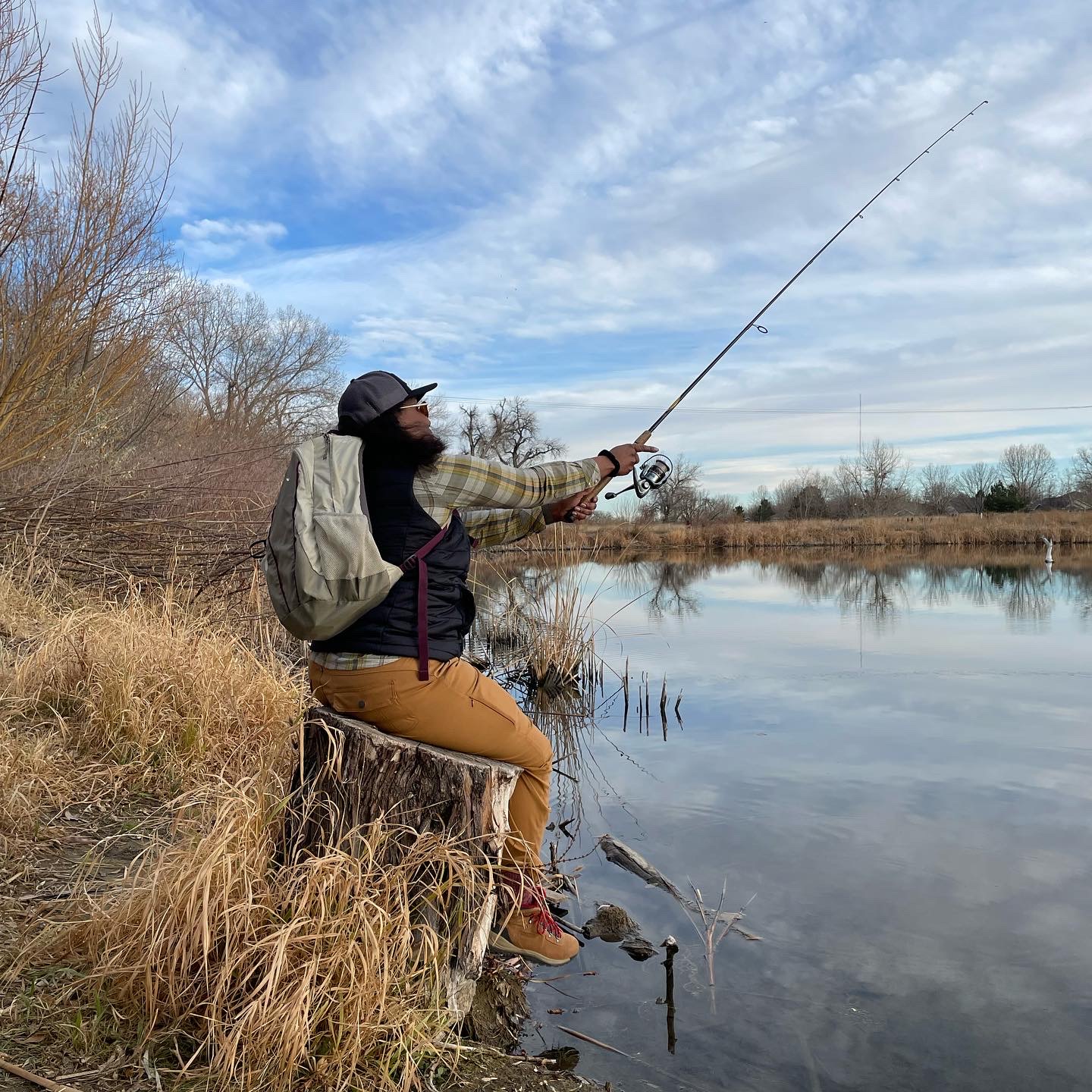The reason you’re not outdoorsy, growing your outdoor sports skills, or can’t reach the next level in the outdoor industry is complicated and straightforward. Here’s how not to fail the outdoorsy challenge.

Credit: MBerrafato_Images
Three reasons you don’t adventure
1- What you believe about yourself.
2 – The obstacles of daily living.
3 – Social and economic barriers.
According to the Outdoor Industry Association, “the top reasons for starting an outdoor activity during the pandemic include getting exercise, staying healthy, and getting out of the house.”
“About one-quarter of new participants say they don’t want to continue their outdoor activities. A lack of information about where to go, how to participate, and whom to participate with can be a barrier to trying new outdoor activities.” – Outdoor Industry Association
I’m outdoorsy, right?
When you look at the lives of others excelling at outdoor recreation or the professional adventurer lifestyle and believe yourself to be among these people at your core, you’re outdoorsy.
You might still spend almost all of your time indoors. But self-identifying as outdoorsy counts. And it’s a big first step.
The next step is thinking of yourself as outdoorsy in the present tense.
“I am outdoorsy.” “I’m an outdoors enthusiast.” I’m an outdoor industry professional.” When you speak about a future goal, using the present tense is the first step in rewiring your brain to believe in yourself. Using the power of neuroplasticity, you can remove old limiting messages and replace them with productive new ones.
Removing outdoorsy challenges
After you begin identifying as outdoorsy, you’ll naturally gravitate toward things that support your new identity and find a way to carve out the time, energy, and ways of thinking that support how you see yourself. So, now let’s unpack the reasons you’re still not outdoorsy and how you can overcome the challenges.
The barriers to being outdoorsy
The cost of gear and apparel

The specialized gear and apparel needed to keep you safe, warm, cool, or comfortable while adventuring is expensive. On average, an ice fishing angler on a budget can spend $800 – $3,000 just getting started. And a stand up paddleboarder (SUP) can spend $2,400 – $3,500 on average to participate in paddlesports in bodies of water fed by snowmelt. But you can reduce your start-up costs by renting, buying used gear, or borrowing from nonprofit organizations or a friend.
Finding a safe space to recreate
There are many reasons why a new adventurer could find it hard to get plugged into their local outdoor recreation community. First, there are “gatekeepers” to the outdoors. These are people in the majority or are highly skilled in the sport, or those that feel like new entrants into outdoor recreation might negatively change their experience outdoors. More people outside recreating will mean longer waits at the boat launch, more anglers putting pressure on the lakes, and more folks on the trails.
But there are many affinity groups and their allies welcoming new folks into the outdoors that support people with disabilities, veterans, women, the body-positive, LGBTQIA+, and Black, Indigenous, and People of Color communities. And you can get help with processing the cultural baggage and limiting beliefs that might have convinced you that “black people don’t recreate” or “you’re not a real Asian if you do too many white people activities.”
But a significant barrier to getting outside during the winter is depression. Although, outdoor recreation can be a powerful mood booster at any time of the year.
Signs and symptoms of SAD

The signs and symptoms of Seasonal Affective Disorder (SAD) might include:
- Feeling listless, sad, or down most of the day, nearly every day
- Losing interest in activities you once enjoyed
- Having low energy and feeling sluggish
- Having problems with sleeping too much
- Experiencing carbohydrate cravings, overeating, and weight gain
- Having difficulty concentrating
- Feeling hopeless, worthless or guilty
- Having thoughts of not wanting to live
Many men are at higher risk for mood disorders as they age, from dealing with sudden life changes like health issues, the loss of loved ones, and even the new world of retirement. They may not want to turn to medication or therapy for help, and for many, interacting with nature is one of the best self-improvement tools they can use.
Dr. Jason Strauss, Director of geriatric psychiatry at Harvard-affiliated Cambridge Health Alliance.

In conclusion, anyone at any ability level can find a way to get outside, take advantage of the health and social benefits of outdoor recreation, and find a community. Our favorite resource is WhitewaterTV o the XOTV.me platform and on some SmartTVs. On WhitewaterTV, you can find step-by-step information on:
- Learning or excelling at a new adventure sport.
- Stories of adventurers just like you.
- And information on the people, places, and products that support your adventure sports lifestyle.
#outdoorsy #getoutsideandadventure #seasonalaffectivedisroder #depression #outdoorrecreation
